Rank Species | Genus Elettaria Higher classification Elettaria | |
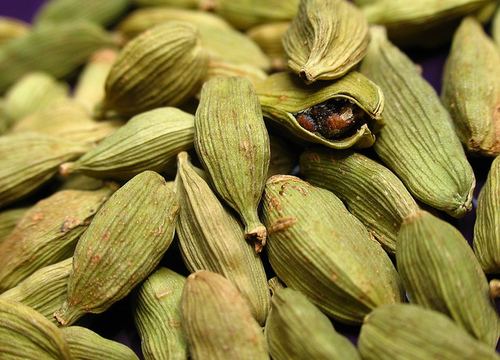 | ||
Similar Cardamom, Turmeric, Coriander, Cumin, Ginger | ||
Cardamum elettaria cardamomum
Elettaria cardamomum, commonly known as green or true cardamom, is a herbaceous perennial plant in the ginger family, native to southern India. It is the most common of the species whose seeds are used as a spice called cardamom. It is cultivated widely in tropical regions and reportedly naturalized in Réunion, Indochina and Costa Rica.
Contents

Elettaria cardamomum
Growth
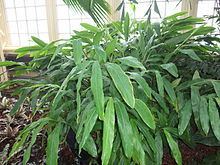
Elettaria cardamomum is a pungent aromatic herbaceous perennial plant, growing to about 2–4 m (6 ft 7 in–13 ft 1 in) in height. The leaves are alternate in two ranks, linear-lanceolate, 40–60 cm (16–24 in) long, with a long pointed tip. The flowers are white to lilac or pale violet, produced in a loose spike 30–60 cm (12–24 in) long. The fruit is a three-sided yellow-green pod 1–2 cm (0.39–0.79 in) long, containing several black and brown seeds.
Uses
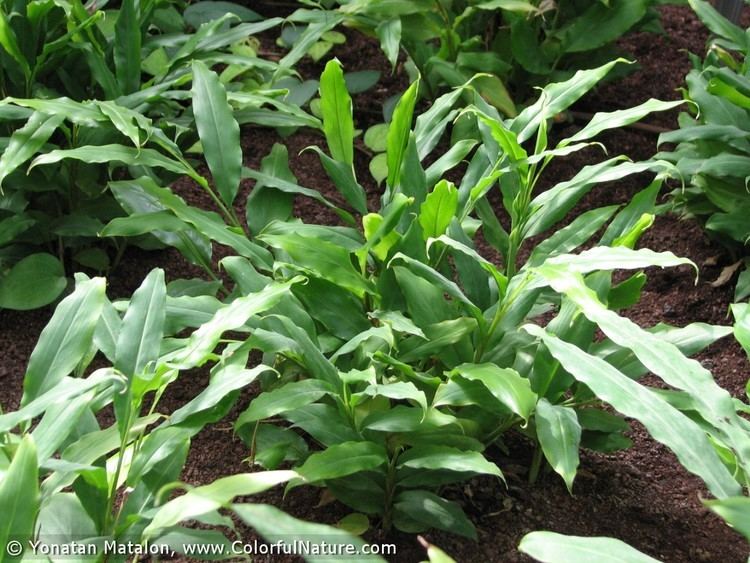
The green seed pods of the plant are dried and the seeds inside the pod are used in Indian and other Asian cuisines, either whole or ground. It is the most widely cultivated species of cardamom; for other types and uses, see cardamom.
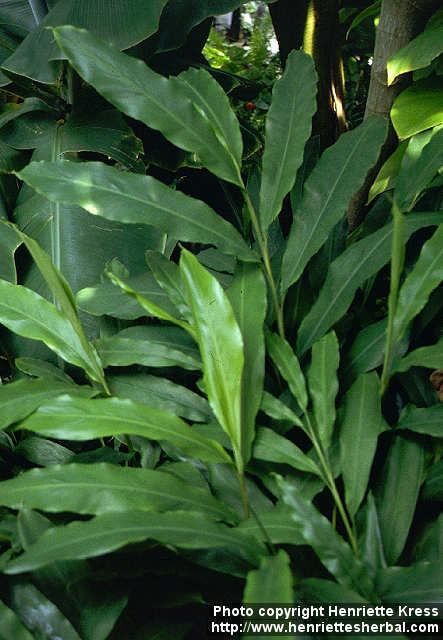
Ground cardamom is an ingredient in many Indian curries and is a primary contributor to the flavour of masala chai. In Iran, cardamom is used to flavour coffee and tea. In Turkey, it is used to flavour the black Turkish tea, kakakule in Turkish.
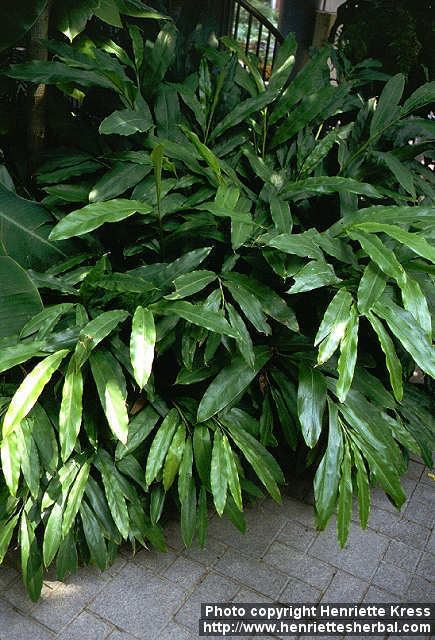
As well as in its native range, it is also grown in Nepal, Vietnam, Cambodia, Thailand, Sri Lanka and Central America. In India, the states of Sikkim and Kerala are the main producers of cardamom; they rank highest both in cultivated area and in production. It was first imported into Europe around 1300 BC. Cardomomum - is called CarandaMungu (කරඳමුංගු) in Sinhalese.
Ecology
Elettaria cardamomum is used as a food plant by the larvae of the moth Endoclita hosei.
Varieties
The three natural varieties of green cardamom plants are:

Recently, a few planters isolated high-yielding plants and started multiplying them on a large scale. The most popular high-yielding variety is 'Njallani'. 'Njallani', also known as rup-ree-t, is a unique high-yielding cardamom variety developed by an Indian farmer, Sebastian Joseph, at Kattappana in the South Indian state of Kerala. K. J. Baby of Idukki District, Kerala, has developed a purely white-flowered variety of Vazhuka type green cardamom having higher yield than 'Njallani'. The variety has high adaptability to different shade conditions and can also be grown in waterlogged areas.
